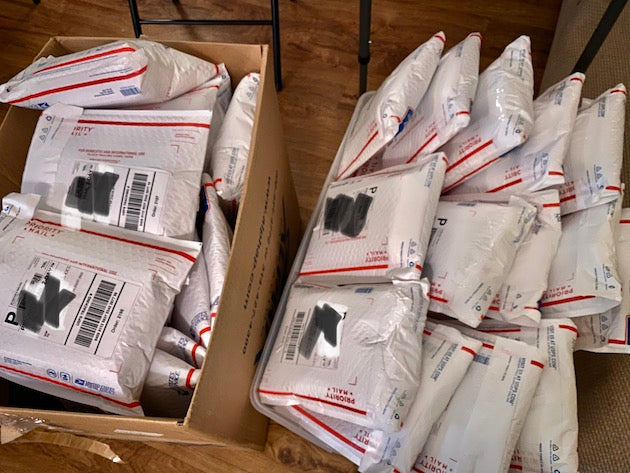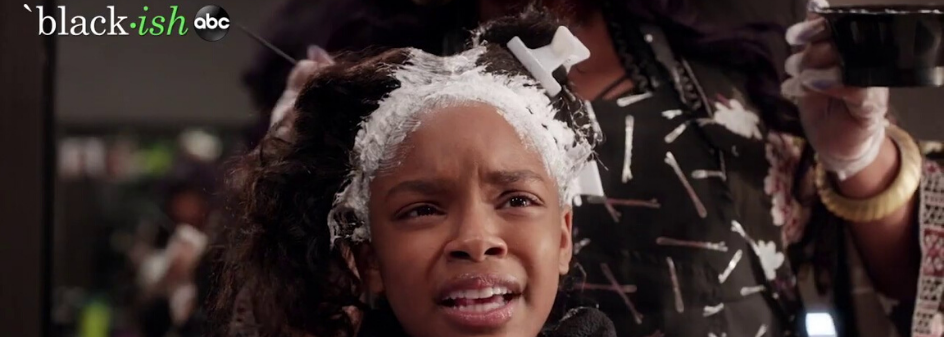Maintaining healthy locs requires a delicate balance of care, patience, and understanding the specific needs of your hair. Breakage is a common concern, but the good news is that it can often be prevented and treated with the right approach. Here's a fresh guide for 2025 to keep your locs looking strong, beautiful, and healthy.
Common Causes of Breakage in Locs
1. Color Breakage One of the most frequent culprits of loc breakage is color treatments. When you color your hair, it's undergoing a chemical process that strips it of its natural oils and structure. Without proper aftercare, this can lead to significant damage.
-
Professional Color Treatments: Even professionally colored hair can experience breakage if not treated afterward. The key is to follow up with regular protein treatments to restore strength and elasticity to your locs. Neglecting these treatments often results in breakage appearing in the same areas of your locs over time.
-
Unprofessional or DIY Coloring: Over-the-counter hair colors can be particularly harsh on locs. While some people have success with these products, they often lack the conditioning agents necessary to prevent damage. Breakage may not appear immediately after coloring but can occur later, making it easy to misattribute the cause.
If you have color treated locs, or are planning to color your locs we strongly recommend you consider using Dr Locs Color Treated Line. This line was created with locs in mind. Making sure your color doesn't fade over time and that your hair really gets that moisture it needs to prevent breakage.
2. Heavy Pulling from Styles Styles that pull on your locs—whether it’s a tight ponytail, intricate updos, or frequent use of rubber bands—can weaken your hair over time.
-
Tight Styles: Even simple ponytails can cause breakage if they’re pulled too tight. If a style feels painful, it’s a sign that your roots are under too much tension.
-
Rubber Bands: Using rubber bands as headbands or for styling can create friction and wear down the edges of your locs. Over time, this rubbing leads to thinning and breakage, often without you noticing until it’s too late.
3. Overuse of the No-Clip Technique While the no-clip technique—winding the root of your locs like a spring—can save time, it can also compromise the health of your locs if overused.
-
Root Stress: Twisting too tightly or skipping clips can cause the roots to weaken and eventually break. To prevent this, retwist flat and not too tight, and use clips to secure your locs during the process.
-
Alternative Techniques: If you prefer not to use clips, try twisting your hair and securing it with loose pigtails that don’t stress the roots.
4. Styling During the Teenage Phase The teenage phase of locs is a critical time when they’re still developing their shape. Frequent styling during this stage can lead to permanent crimps in the locs.
-
Avoid Over-Styling: If you prefer straight locs, minimize styling during the teenage phase. Constant manipulation during this period can create bends or crimps that become permanent.
Tips to Prevent Breakage
-
Moisturize Regularly: Dryness is a common cause of breakage in locs. Use a lightweight, hydrating spray or oil to keep your hair moisturized without causing buildup.
-
Avoid Over-Manipulation: Keep styles simple and limit how often you manipulate your locs. Protective styles should protect, not stress your hair.
-
Invest in Satin Accessories: Sleep with a satin or silk scarf or pillowcase to reduce friction that can cause breakage.
-
Maintain a Healthy Diet: Strong hair starts from within. A balanced diet rich in vitamins and minerals supports healthy hair growth.
How to Treat Breakage
If you’ve already noticed breakage, don’t worry—there are steps you can take to repair and prevent further damage:
-
Trim Damaged Ends: Removing the damaged parts of your locs can prevent the breakage from traveling further up the shaft.
-
Protein Treatments: Incorporate protein treatments to strengthen weakened areas of your locs. Follow up with moisturizing treatments to maintain balance.
-
Consult a Professional: If the damage is extensive, a professional loctician can assess your hair and recommend a tailored care plan.
Breakage doesn’t have to be a permanent issue with your locs. By understanding the causes and adopting these prevention and treatment strategies, you can keep your locs thriving in 2025 and beyond!




